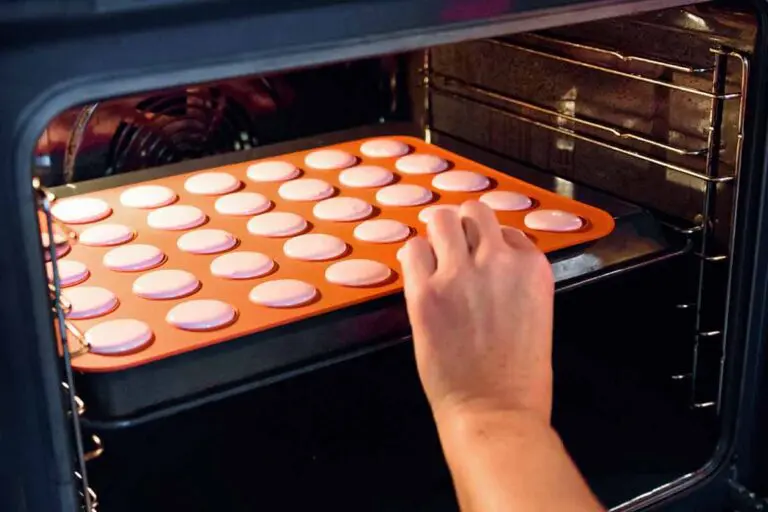
Trim Energy Costs in the Kitchen
Recipes for Kitchen Power Savings
How old is the stove and refrigerator in your home? Were they there when you moved in?
Sometimes, we take these appliances for granted. If they’re ‘working’ that’s all that matters. Nothing can be further from the truth. You may be paying more for those home cooked meals than you think depending on the age and type of stove you have.
Get more value out of your home cooking
- Gas burners with electric ignition use half the energy of burners with gas pilot lights.
- Ordinary ‘Plain-Jane’ electric coils are more cost efficient than fancier solid disk, halogen or induction elements.
- Convection ovens are typically more energy-efficient.
What You Cook With Makes a Difference
The pots and pans you use to prepare meals may be adding dollars to each entrée.
- Copper bottom pans cook more evenly and heat faster, thus saving energy.
- Pans with a slightly concave bottom uses less energy to reach cooking temps.
- Baking with glass or ceramic pans allows you to set your thermostats 25 degrees lower to save more.
Shopping For A New Stove?
Go with a convection oven. You’ll use about 20 percent less energy each month using a convection oven, which has a fan that continuously circulates hot air through the oven space. When food has hot air blowing onto it—instead of just surrounding it—it cooks more quickly and at lower temperatures.